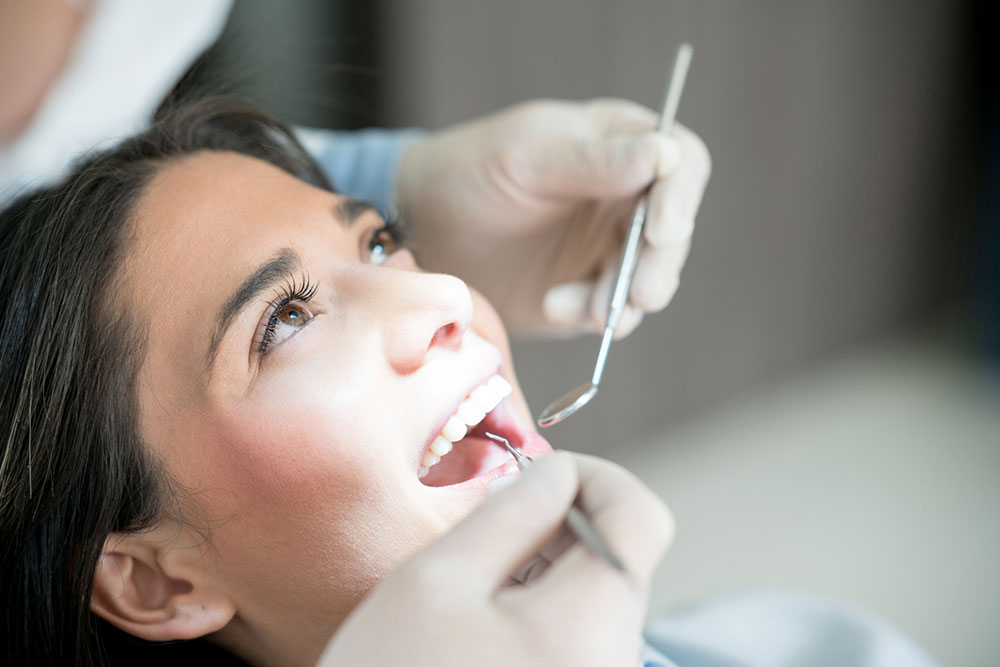Dental Fillings: What to Expect Ahead of Treatment
Cavities (aka dental caries) are the second most common disease, just behind the even more common cold. Virtually everyone has had them, yet according to the American Dental Association, 26% of adults have cavities that have not been treated.
Part of the reason is that caries don’t become toothaches until they are advanced and may not be visible to the individual, since they are tiny holes in the hard enamel. Dentists have the tools and training to detect even the smallest, but a third of Americans do not come in for an exam even once a year, often because they have a fear of pain from some childhood experience (today, anesthetics make treatment painless).
If you suspect you have a cavity, call us to set up an examination immediately before it gets larger and deeper, more difficult and expensive to remove, or is even more painful. If you already have a time set up and this is your first treatment at Parthenia Family Dental (or even your first cavity), you may wonder what it will be like.
Dr. Pirian has been providing dental care for two decades and gets rave reviews for being especially gentle with his patients. First, he will numb the area, then remove the infection. Next, he will apply a substance to the empty area created, which opens up the pores of the tooth for a bonding agent that is cured with a special light. Then the filling is layered in.
There is a choice of material, but the most popular is a composite resin, since it can be best matched to the shade of your tooth so no one even knows you have a filling. It is also less expensive than dental porcelain, but more durable than old fashioned amalgam (known as silver fillings, which are also controversial). Composite fillings can last 3-10 years, depending on how careful you are about keeping up your oral health.
A primary reason cavities are still so common is that many people were never taught the basics of preventing them:
°You should spend a full two minutes after breakfast and dinner brushing, using a brush with soft bristles at a 45° angle, stroking from the gum line towards the tip of the tooth on both sides.
°Floss needs to be held against the sides of the tooth so that it scrapes off any food particles that could otherwise remain and attract bacteria. If not completely cleaned off, this will turn into a sticky film called plaque that begins to pull away the gum from the tooth, potentially leading to a loss of that tooth. This can then cause a chain reaction, since neighboring teeth lean to fill the gap, becoming loose themselves.
Once your filling is in place, make an appointment to have our dental hygienist provide a professional cleaning so that you not only prevent future caries, but keep periodontal disease (an infection of the gums) from starting.







